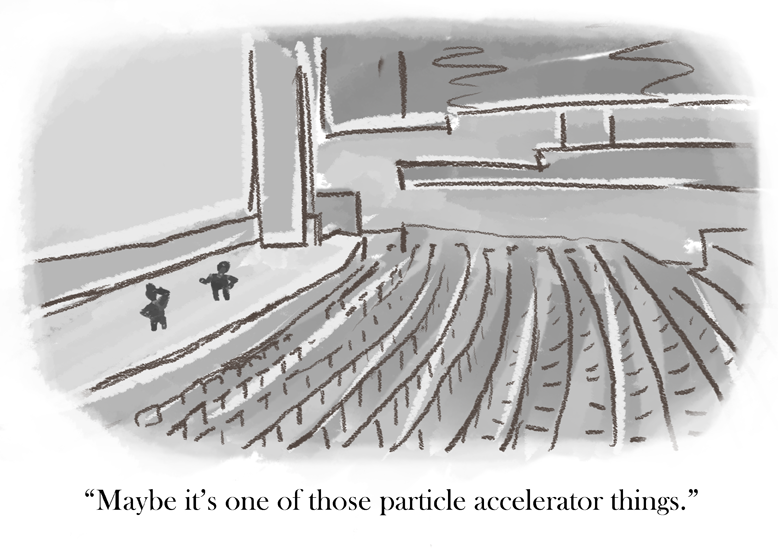For a campus that’s growing by 4 percent a year, it is a matter of embarrassment that we don’t have a performance venue on campus that seats more than 500.
Larger student organizations like the Indian Student Association, Bangladesh Student Organization and even the International Student Services Office are having to move their cultural events to the gym, which seats 2,500, but was never meant for performances.
The stage is make-shift, the lighting is poor and the men’s and women’s locker rooms substitute for green rooms.
It is, perhaps, important to note that no Tier One school has attained its status by ignoring the performing arts.
As of fall 2013, there are more than 1,800 arts and humanities students, and students in some of the dance and improvisation classes come from all majors. To say that UTD is still what it was 40 years ago — a school for STEM research — would be a big mistake.
When the Arts & Technology Building was in the planning stage, students had hoped the 1,200-seat hall would be able to handle cultural shows and performances. It came as a huge disappointment when the lecture hall, as it is called, was not available to student organizations and the few shows it hosted were marred by poor acoustics.
The university spent $60 million on the building, but how much more would it have cost to make the lecture hall more than just a space for talks?
When contacted, university officials were unable to provide an estimate on how much more it would have cost. However, a stand-alone performance center like the Wagner Noel Performance Center in Dallas for UT Permian Basin cost $65 million, according to the university’s website.
UTD’s master plan for 2050 shows the plan for an event and conference center, but at the moment there seem to be no immediate plans for the construction of one, said Calvin Jamison, vice president for the Office of Administration.
For the successful operation of an event center, UTD would need to have 100-120 events to justify and offset the cost of building, operating and maintaining the facility, he said.
In the meantime, Jamison recommends students use the Eisemann Center a few miles from campus if they need a hall that holds more than 500 people. The venue, owned by the City of Richardson, however, is not free to students, unlike all facilities on campus.
While it is true that we don’t have as many shows to warrant an event center all by itself yet, instead of building multiple lecture halls, the university could have shown some foresight and invested in some performance capabilities for the newly constructed ATEC hall.
Nevertheless, the hall is made, and beyond very small performance acts, the acoustics and infrastructure for the hall don’t support big theater or dance shows. The hall is rarely ever made available to student organizations, used only for the Distinguished Lecture Series at present.
Perhaps administrators at UTD aren’t seeing the numbers when it comes to demand for a space that seats more than 1,000 people.
Yet, theater classes need to perform for four days two weeks in a row, often to a full hall, as is the case with dance ensembles to accommodate the demand for the shows.
Annual events like the Bangladesh Night and events like the I-Week Talent Show had crowds of more than 1,500 in the gym despite bad infrastructure, with flags of sports teams flying in the backdrop. These are the same annual shows that used the Clark Center even two years ago.
The turnout at these shows, few as they are, indicates that the campus population, particularly those that live here, will create a stronger demand for the performing arts as enrollment continues to grow.
Performance arts are the foundation for human liberty and free thought, and while UTD started out as a STEM research institute, as we march on aggressively to attain Tier One status, this is one half of the realm of education that we cannot ignore.
A stronger performance arts program can only help make UTD stand out for its overall educational experience and academic excellence, and one can only hope that the campus administration will support the program with better infrastructure long before 2050.

Leave a Reply